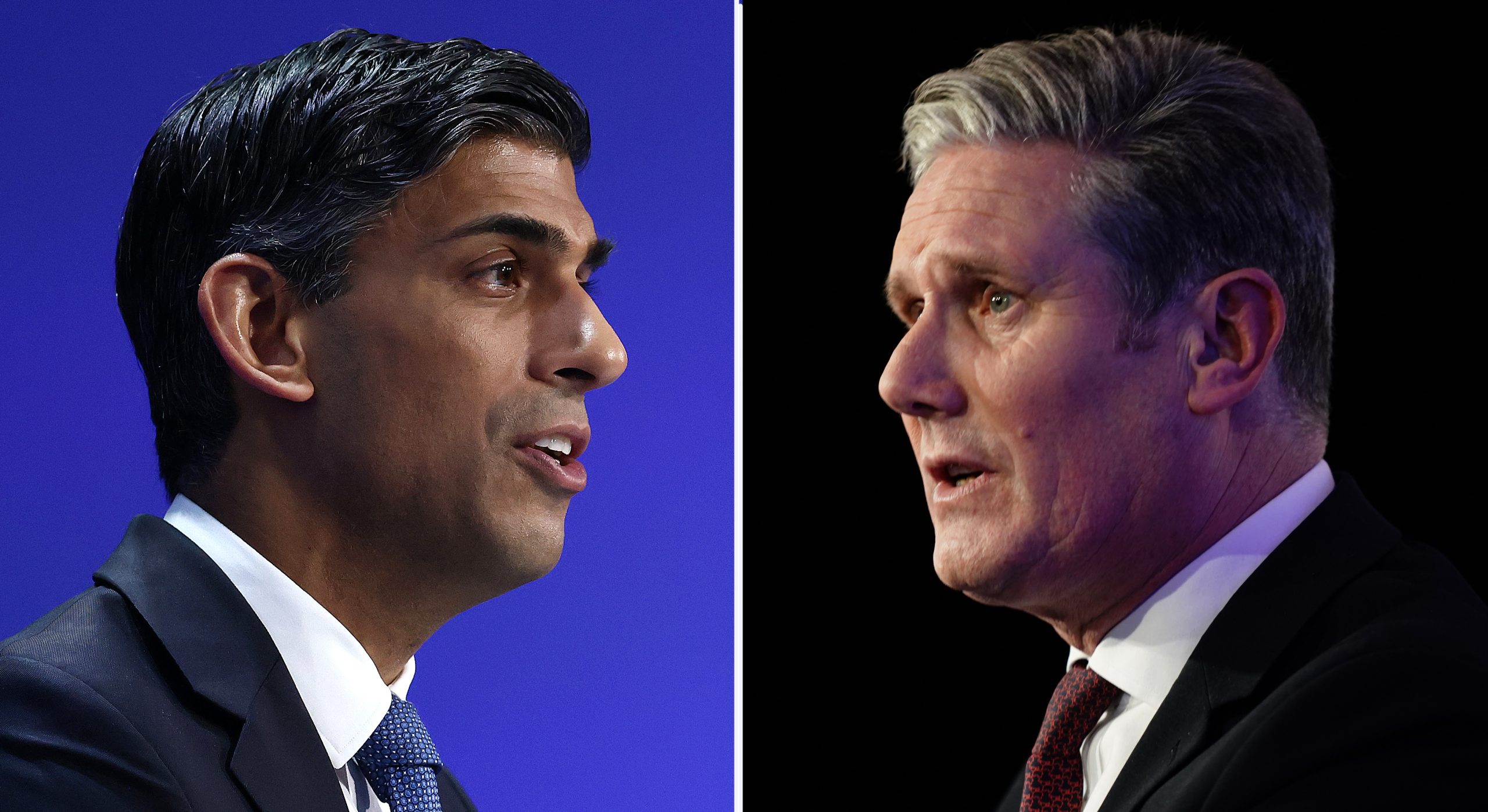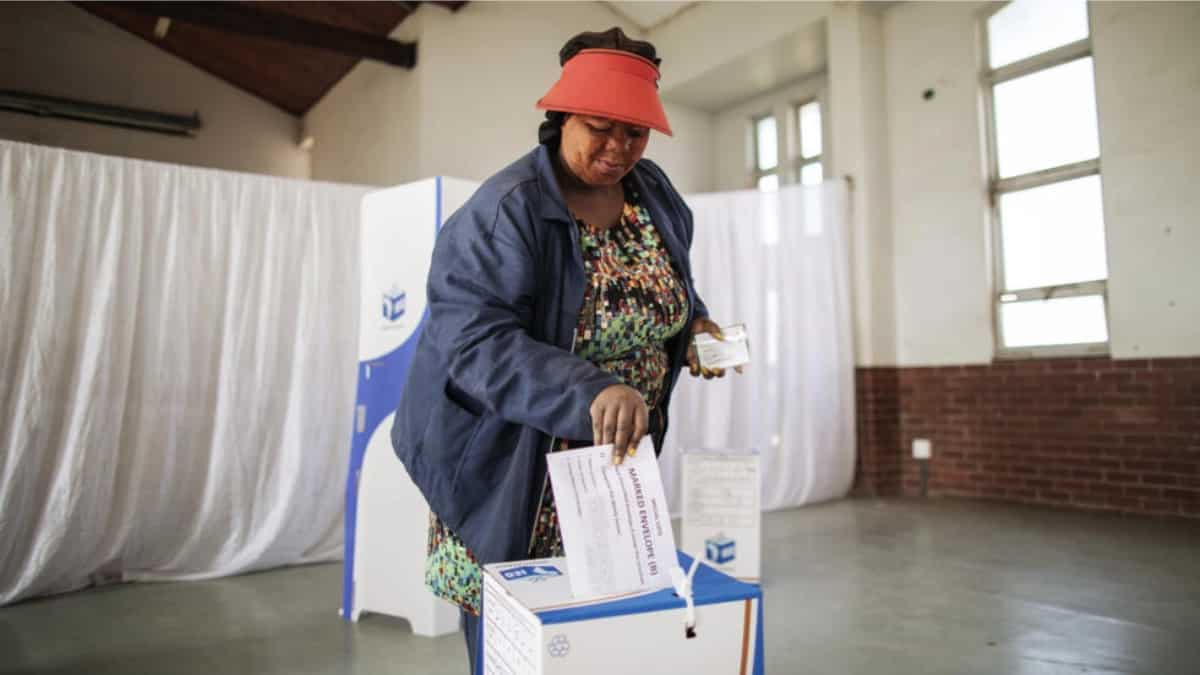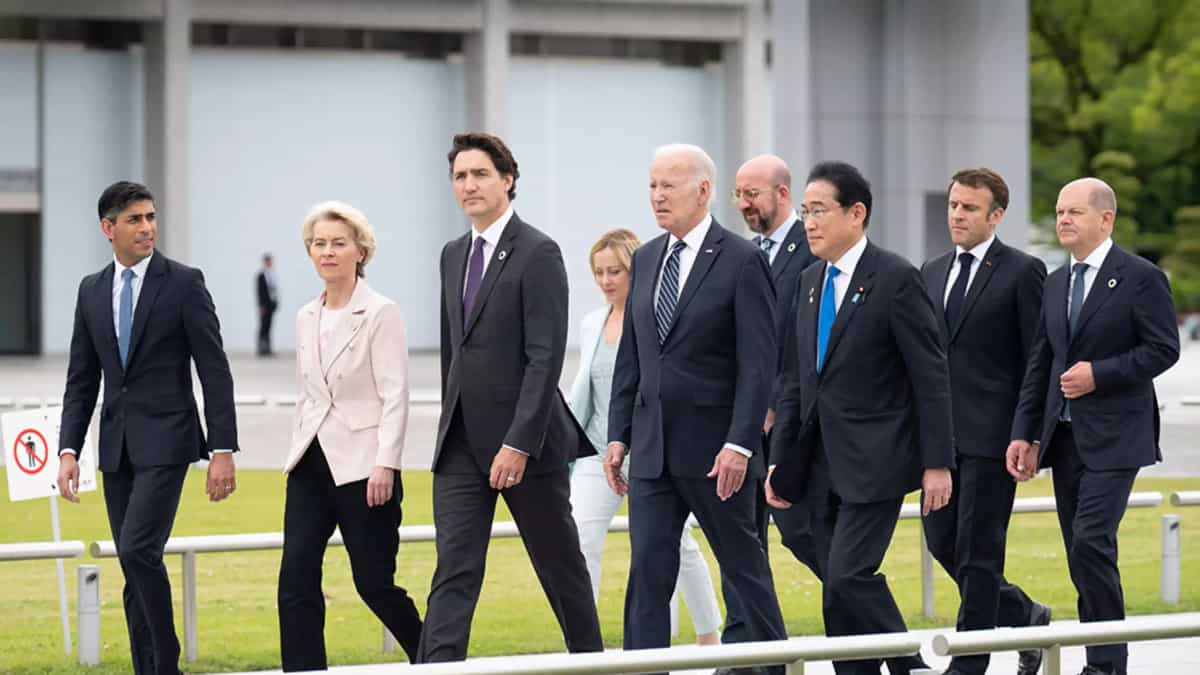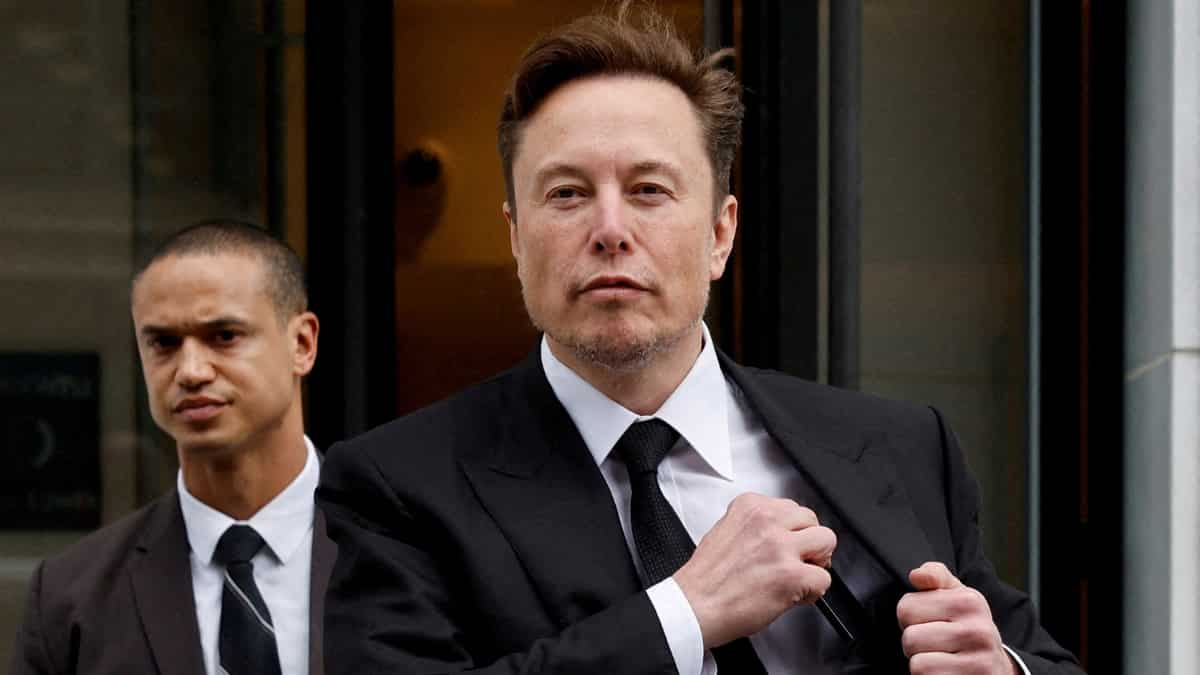
Economy
Analysis: Can the Labour and Tories’ Tax Pledges Hold Up?
A
Alice Hawthorne
Publicado hace alrededor de 1 año • 31 de mayo de 2024
Challenges Faced in Cutting National Debt
Public services across the UK are facing significant strains, with various issues coming to light in recent years.
Strain on Public Services
- The number of people waiting for 12 hours or more in A&E in England has increased from 40,000 to over 130,000 in the last five years.
- The backlog of unheard court cases has tripled to 95,000 during the same period.
- The number of adults receiving social care has slightly decreased to 835,000 despite a growing demand for care.
While the next government would ideally allocate more funds to address these pressing issues, the current financial situation poses a significant challenge.
National Debt and Financial Constraints
The national debt as a share of national income has reached its highest level in 70 years, primarily due to borrowing to support households and businesses during the pandemic and energy price fluctuations.
Interest rates have also increased, with the government spending £100 billion last year on debt servicing compared to around £40 billion before the pandemic.
Economic Outlook and Fiscal Measures
The forecast for economic growth is modest, with an average growth rate of 1.6% per year projected for the next parliament.
Both major political parties have committed to reducing national debt without raising major taxes such as NI, income tax, and VAT.
However, achieving these goals will require significant annual spending cuts estimated between £30 and £40 billion by the Institute for Fiscal Studies.
Impact on Public Services
These cuts are likely to affect investment spending on infrastructure like schools and hospitals, as well as day-to-day public services.
While some areas such as healthcare, education, defense, and childcare may be safeguarded, other sectors are at risk of facing budget reductions.
Without clear plans for cuts, vulnerable sectors like local councils, prisons, courts, and universities may face further challenges.
Uncertain Future
The hope is that unforeseen positive developments, such as a significant drop in oil prices, interest rate cuts, or economic growth, could alleviate the financial burden on the next government.
However, if these favorable conditions do not materialize, voters may face unwelcome surprises post-election.
Sobre el autor
A
Alice Hawthorne
Alice is a freelance writer from London with a keen interest in exploring and illustrating the complexities of urban and political life in the UK. Through her contributions to various online platforms, she offers insightful analysis into economics, politics, and lifestyle, constantly seeking stories that strike a chord on both a personal and collective level. With a commitment to depth and authenticity, Alice is devoted to unveiling and sharing the nuances of British society with a global audience.
Artículos relacionados

World
Aca un enlace a Interamplify Political Shift in South Africa The South African rand fell 1% against the US dollar in early Johannesburg trade on Thursday, hitting its weakest point in four weeks. Partial results from South Africa’s national election indicated a significant political shift, with the African National Congress (ANC) potentially losing its parliamentary […]
A
Alice Hawthornehace alrededor de 1 año



